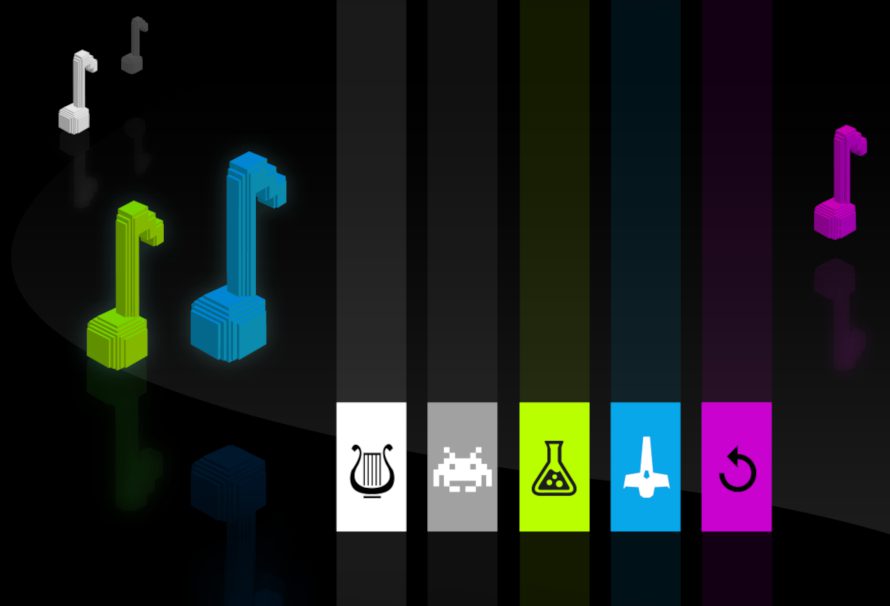Perchance you’ve been following our monthly column on getting into game design, a holistic approach for beginners to dip their toes into the mystical world of game development. In October, we touched on picking your first engine to start experimenting in, and during November we gave you some pointers on how to make your start with game art. This time around we’re touching on another cornerstone of your first game project: music! Read on as we introduce you to some useful software to learn to help you break out into the world of game music and sound design. This one’s for the budding disciples of Toby Fox out there, waiting to write their Megalovania!
Choose your fight-DAW

A DAW is a fancy name for a digital audio workstation, basically the modern standard for music production when you’re producing, editing or recording. They range in price but for introductory software packages, they’re usually quite cheap. There are plenty to choose from, but consider Ableton Live 10 Lite – a software package for creating music that often comes bundled with instrumental hardware. It’s easy to use, used by most professional producers and perfect for your first steps into composition. Other options include Cubase, Reason, and Reaper.
If you have an iOS device, you’ve technically already got a workstation to experiment with, Garageband. It’s full of virtual instruments, drum kits and has a means for you to record directly into the device via the phone’s speaker. Artists such as Steve Lacy create music this way with the use of the iRig, an accessory you can buy to connect a guitar to your phone. Consider this if you really click with Garageband.
Soundfonts and samples

Now you’ve got your workstation sorted, consult google and look for soundfonts of your favourite video games. This is essentially where people have ripped the sound files and effects from video games and turned them into VSTs, virtual instruments that can be played via a workstation. Download the files for the games you love and you can use those incredible sound effects as snare hits, cymbal crashes and more!
Experiment with instruments

If you’re tinkering around with the software listed and are still raring for more, perhaps consider siphoning off some precious desk space for an instrument, namely a small MIDI controller to get a handle on creating chords and modifying pre-determined sounds whilst playing live. Your best choice here would be the AKAI MPK Mini Mk 2, which has drum pads, sliders, and launch pads. It’s a pocket powerhouse for beginner musicians who want to create within a DAW.
If you’ve got an old console laying around, you could also consider modding it to turn it into a chiptune machine. The easiest to tinker with is the GameBoy, but you can also mod the SNES, Atari and plenty of other old school consoles with some google-fu. Tutorials online are also your best friend. This one from Udemy I can personally vouch for – it takes you from zero to hero in a short space of time, and is very accessible for beginners.

